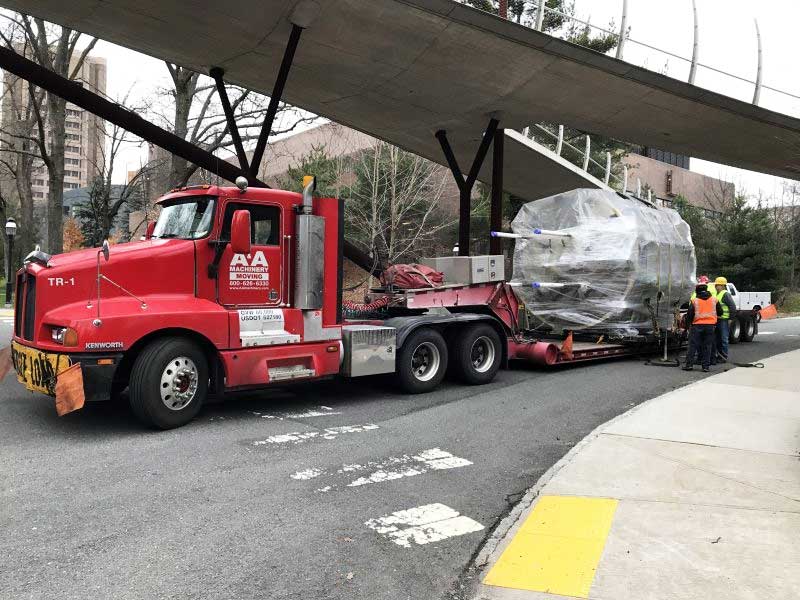For a manufacturer, relocation can be a frustrating, time-consuming, and costly process. When moving production facilities from one place to another, you’ll want to avoid expenses and complications that may cause delays in getting things up and running again. With this in mind, we’ve created a planning guide for moving your factory machinery.
Review the Decision to Move
After opting to relocate, it’s a good idea to do an in-depth review of the decision. Consider the resource demands, risks, legal concerns, and other factors the move will entail. By including senior staff members in the review, you’ll get a clearer picture of the move’s requirements. Also, be sure to check the new location to ensure that it has sufficient resources like internet access, roadway access, water, and power. Otherwise, you may end up in a location that doesn’t serve your company’s needs.

Create the New Facility’s Layout
Having plans for the placement of workstations and equipment is crucial to the success of a factory relocation. During the planning stage, make an effort to minimize the time products and components spend moving from one place to the next. This is a great time to rearrange the placement of production equipment.
Consider Your Company’s Traceability and Identification Requirements
Next, you’ll need to establish a plan to maintain your company’s identification and traceability requirements. This includes the work in progress at the time of relocation, as well as customers’ property in your possession. Everything should be tracked and inventoried to minimize losses of parts, tooling, and materials. Finally, do a condition check before and following the move to check for damage.
Preserve Machinery During Transit
When moving your production facilities location, your company should do everything possible to preserve the condition of machinery and products being moved. This, of course, includes products with a finite shelf life. These products should be stored in ways that ensure a first in, first out the rotation.
Take Special Care With Calibrated Equipment
If there’s equipment in need of calibration, it should be packaged and transported in ways that preserve its operational tolerance. When A&A Machinery Moving brings calibrated machinery to your new location, it should be thoroughly inspected (and possibly recalibrated) before its first use.
Test the Equipment After Relocation
Every piece of production equipment you’re moving from the old factory to the new facility should be run through testing. This way, you’ll verify that everything is in working order before putting it into production mode. With post-move testing, you’ll not only save time, but you’ll also save money.
Do an Internal Audit and Communicate Effectively
Now that the new factory is running, managerial staff should do an internal audit to ensure the efficiency of production processes. During this audit, you may find new ways to make your production processes leaner. After ensuring that the new facility is operational, it’s time to communicate with customers and the governing bodies the company reports to. With internal auditing and effective communication, you’ll put your customers at ease while remaining in compliance with the law.
The Final Review
Once the above steps have been completed, do a final review of the relocation to discuss the process and the internal audit’s results. We hope this guide will help you simplify the process of moving production from one facility to another while avoiding the hassles that normally come with such moves.
